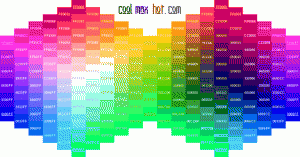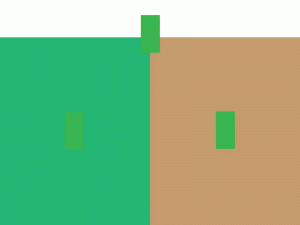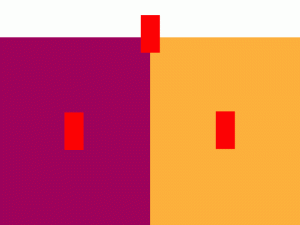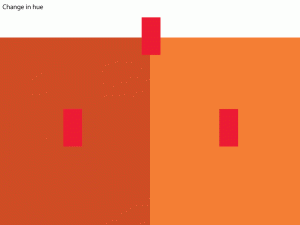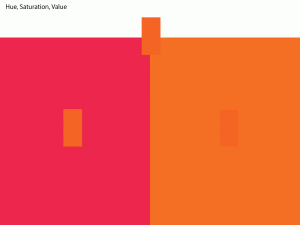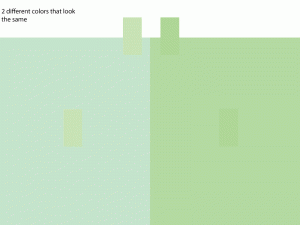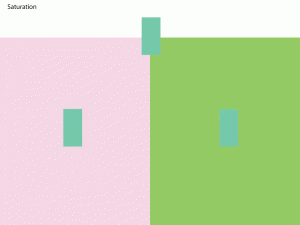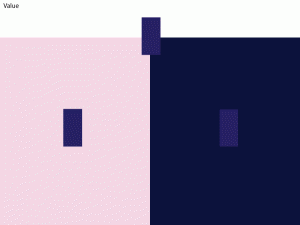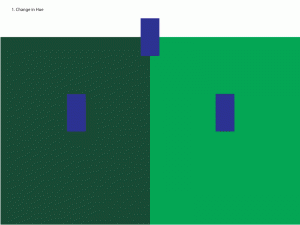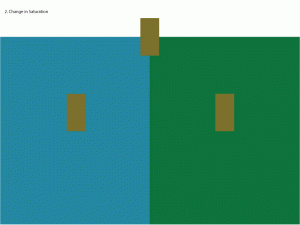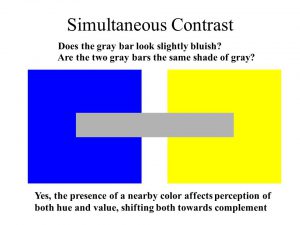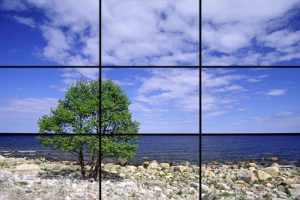Prismatic Colors – The colors that can be seen when white light goes through a prism. Examples of the prismatic colors are red, orange, yellow, green, blue, indigo and violet.
www.yourdictionary.com/prismatic-colors
Muted color – When any color is mixed with black it is called shading which lowers the “value” and makes the color a bit more “muted”. https://graphicdesign.stackexchange.com

Achromatic gray – An achromatic color is a one that lacks hues such as white, grey and black, and a chromatic color is a color which has even the slightest amount of hue. Achromatic colors (white, grey and black) have lightness but no hue or saturation. They can be created by mixing complementary colors together. art-design-glossary.musabi.ac.jp/chromatic-and-achromatic-colors/
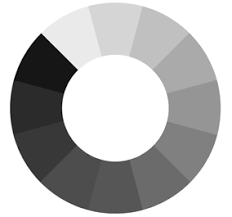
Chromatic gray – A gray color in which the red, green, and blue codes are not exactly equal, but are close to each other, which is what makes it a shade of gray. https://en.wikipedia.org/wiki/Shades_of_gray

Additive Color – A method to create color by mixing a number of different light colors, with shades of red, green, and blue being the most common primary colors used inadditive color system.
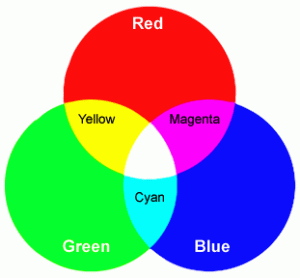
Subtractive Color – Subtractive color mixing is the kind of mixing you get if you illuminate colored filters with white light from behind. Subtractive color involves colorants and reflected light. It uses cyan, magenta and yellow pigments or dyes to subtract portions of white light illuminating an object to produce other colors. When combined in equal amounts, puresubtractive primary colors produce the appearance of black.
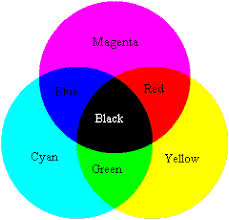
 NY Times
NY Times Wired Design
Wired Design
